Stay Safe During Solar Eclipses
Solar eclipses are one of nature's most breathtaking spectacles, but they come with a warning: safety first! When the Moon dances between the Earth and the Sun, it creates a stunning visual experience that many of us long to witness. However, it's crucial to remember that looking directly at this cosmic event without proper precautions can lead to serious eye damage or even permanent vision loss. In this article, we will discuss essential safety measures and precautions to take during solar eclipses, ensuring a safe and enjoyable viewing experience while protecting your eyes and overall health.
A solar eclipse occurs when the Moon passes directly between the Earth and the Sun, temporarily blocking the Sun's light. There are three primary types of solar eclipses: total, partial, and annular. In a total eclipse, the Moon completely covers the Sun, casting a shadow on Earth and plunging the day into darkness for a brief period. A partial eclipse, on the other hand, only obscures a portion of the Sun, while an annular eclipse creates a "ring of fire" effect, where the Sun appears as a bright ring around the Moon. Each type of eclipse offers a unique viewing experience, making them significant events in astronomy and culture.
While the allure of a solar eclipse is undeniable, the risks associated with improper viewing methods are equally significant. Looking directly at the Sun, even during an eclipse, can result in severe eye injuries. The intense sunlight can overwhelm the retina, leading to a condition known as solar retinopathy, which can cause permanent vision impairment. It's essential to understand that ordinary sunglasses are not sufficient for safe viewing; specialized solar viewing glasses or other protective methods are a must.
When we talk about eye damage from solar eclipses, we refer to various injuries that can occur if the eyes are exposed to direct sunlight. Solar retinopathy is the most common type, resulting from the Sun's rays burning the retinal cells. Other potential injuries include photokeratitis, which is akin to sunburn on the cornea, and cataracts, which can develop over time due to repeated exposure. The severity of these conditions can vary, but the potential for long-lasting damage is a compelling reason to take precautions seriously.
Recognizing the symptoms of eye damage is crucial for anyone who has viewed a solar eclipse improperly. Common signs include:
- Blurred vision
- Persistent spots or shadows in vision
- Increased sensitivity to light
- Eye pain or discomfort
If you experience any of these symptoms after viewing an eclipse without protection, it’s important to seek medical attention immediately. Early intervention can make a significant difference in the outcome.
The long-term effects of eye damage from solar eclipses can be severe. Individuals who suffer from solar retinopathy may experience permanent vision impairment, which can affect daily activities and quality of life. Additionally, repeated exposure to harmful sunlight can lead to complications such as cataracts, which may require surgical intervention. Understanding these potential long-term effects can help underscore the importance of safety during solar eclipses.
Fortunately, there are several safe methods to view solar eclipses without risking your eyesight. Here are some recommended tools:
- Solar Glasses: These specially designed glasses filter out harmful rays and allow safe viewing of the eclipse.
- Pinhole Projectors: This DIY tool lets you project the Sun's image onto a flat surface, allowing you to observe the eclipse indirectly.
- Telescope or Binoculars with Solar Filters: If you have a telescope or binoculars, make sure they are equipped with proper solar filters to protect your eyes.
Always ensure that any device you use is specifically designed for solar viewing to avoid any risks.
Not all sunglasses provide adequate protection against the Sun's rays during an eclipse. When selecting solar glasses, look for those that meet the ISO 12312-2 international safety standard. These glasses should be free of any scratches or damage, as even minor flaws can compromise their effectiveness. Always purchase from reputable retailers to ensure you're getting certified products that will keep your eyes safe.
Certification standards for solar viewing glasses are crucial for ensuring safety. The ISO 12312-2 standard indicates that the glasses have been tested for their ability to block harmful solar radiation. It’s essential to use only approved products for safe viewing, as counterfeit or substandard glasses can lead to severe eye injuries. Always check for the certification label on the packaging before making a purchase.
For those unable to access solar glasses, there are still ways to enjoy the eclipse safely. One popular method is to create a pinhole projector:
1. Take a piece of cardboard and make a small hole in the center. 2. Stand with your back to the Sun and hold the cardboard so that sunlight passes through the hole. 3. Position a flat surface (like another piece of cardboard) on the ground to catch the projected image of the Sun.
This simple DIY tool allows you to safely observe the eclipse without looking directly at the Sun.
Q: Can I use regular sunglasses to view a solar eclipse?
A: No, regular sunglasses do not provide adequate protection. You should use certified solar viewing glasses instead.
Q: What should I do if I experience symptoms of eye damage after viewing an eclipse?
A: Seek medical attention immediately if you notice any symptoms such as blurred vision or eye pain.
Q: Are there any safe ways to view a solar eclipse without glasses?
A: Yes, you can create a pinhole projector or use other indirect viewing methods to safely observe the eclipse.
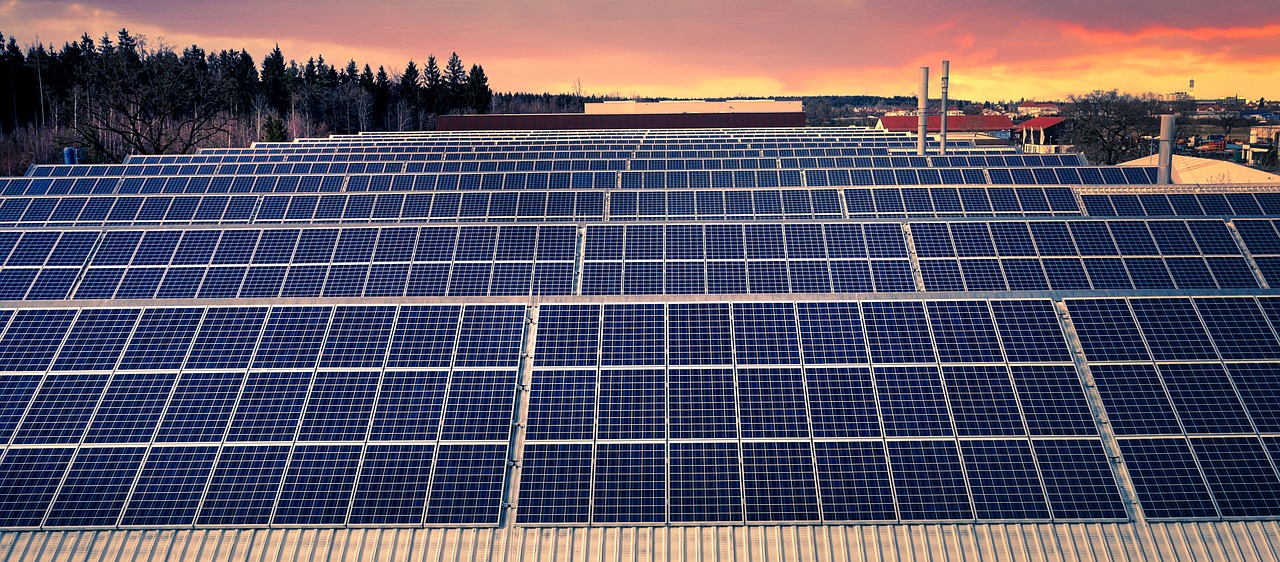
Understanding Solar Eclipses
This article discusses essential safety measures and precautions to take during solar eclipses, ensuring a safe and enjoyable viewing experience while protecting your eyes and overall health.
Solar eclipses are one of nature's most awe-inspiring phenomena. They occur when the Moon passes directly between the Earth and the Sun, casting a shadow on our planet and temporarily blocking the Sun's light. This cosmic ballet can be a breathtaking sight, but it also comes with its own set of complexities and risks. There are three primary types of solar eclipses: total, partial, and annular. Understanding these types can enhance your appreciation for this celestial event.
In a total solar eclipse, the Moon completely covers the Sun, revealing the Sun's corona, which is the outer atmosphere. This spectacular sight is often accompanied by a dramatic drop in temperature and a sudden change in the behavior of animals, making it a truly unique experience. On the other hand, during a partial solar eclipse, only a portion of the Sun is obscured by the Moon. While still impressive, it doesn’t create the same stunning visual effects as a total eclipse. Lastly, an annular solar eclipse occurs when the Moon is too far from the Earth to completely cover the Sun, resulting in a "ring of fire" appearance around the Moon. Each type has its own significance in astronomy and can be observed from different locations around the world.
These celestial events have captivated humanity for centuries, inspiring myths, legends, and scientific inquiry. Ancient civilizations often viewed eclipses as omens, while modern astronomers use them to study the Sun's atmosphere and the mechanics of celestial bodies. For instance, during a total solar eclipse, scientists can gather valuable data about solar flares and the Sun's magnetic field. This intersection of science and spectacle makes solar eclipses not just a visual feast, but also a vital opportunity for research.
As you gear up to witness an eclipse, it’s essential to remember that while they are beautiful and significant, they also require caution. The excitement of watching the Moon pass in front of the Sun can sometimes overshadow the need for safety. Never forget that looking directly at the Sun, even during an eclipse, can cause irreversible damage to your eyes. It’s crucial to be aware of the types of solar eclipses and the necessary precautions to take, ensuring that your experience is both thrilling and safe.
Looking directly at the Sun during an eclipse can cause permanent eye damage. This section outlines the dangers associated with improper viewing methods and the importance of safety precautions.
This subsection delves into the types of eye injuries that can occur from viewing solar eclipses without protection, including solar retinopathy and other severe conditions.
Recognizing the symptoms of eye damage is crucial. This section describes the signs to watch for after viewing a solar eclipse improperly.
Understanding the potential long-term effects of eye damage from solar eclipses can help underscore the importance of safety. This section explores possible vision impairment and other complications.
This subsection covers various safe methods to view solar eclipses, including solar glasses, pinhole projectors, and other recommended tools for safe observation.
Not all sunglasses provide adequate protection. This section guides readers on how to choose certified solar eclipse glasses that meet safety standards.
This subsection explains the certification standards for solar viewing glasses and why it’s essential to use only approved products for safe viewing.
For those unable to access solar glasses, this section provides instructions for creating DIY viewing tools, like pinhole projectors, to safely enjoy the eclipse.
Here are some common questions about solar eclipses that many people ask:
- What is a solar eclipse? A solar eclipse occurs when the Moon passes between the Earth and the Sun, blocking the Sun's light either partially or totally.
- How often do solar eclipses happen? Solar eclipses occur at least twice a year, but total solar eclipses are less frequent and can be seen from only a specific path on Earth.
- Can I use regular sunglasses to view a solar eclipse? No, regular sunglasses do not provide sufficient protection. Always use certified solar eclipse glasses or other safe viewing methods.
- What should I do if I experience symptoms of eye damage after viewing an eclipse? Seek medical attention immediately if you notice any symptoms such as blurred vision, dark spots, or discomfort in your eyes.
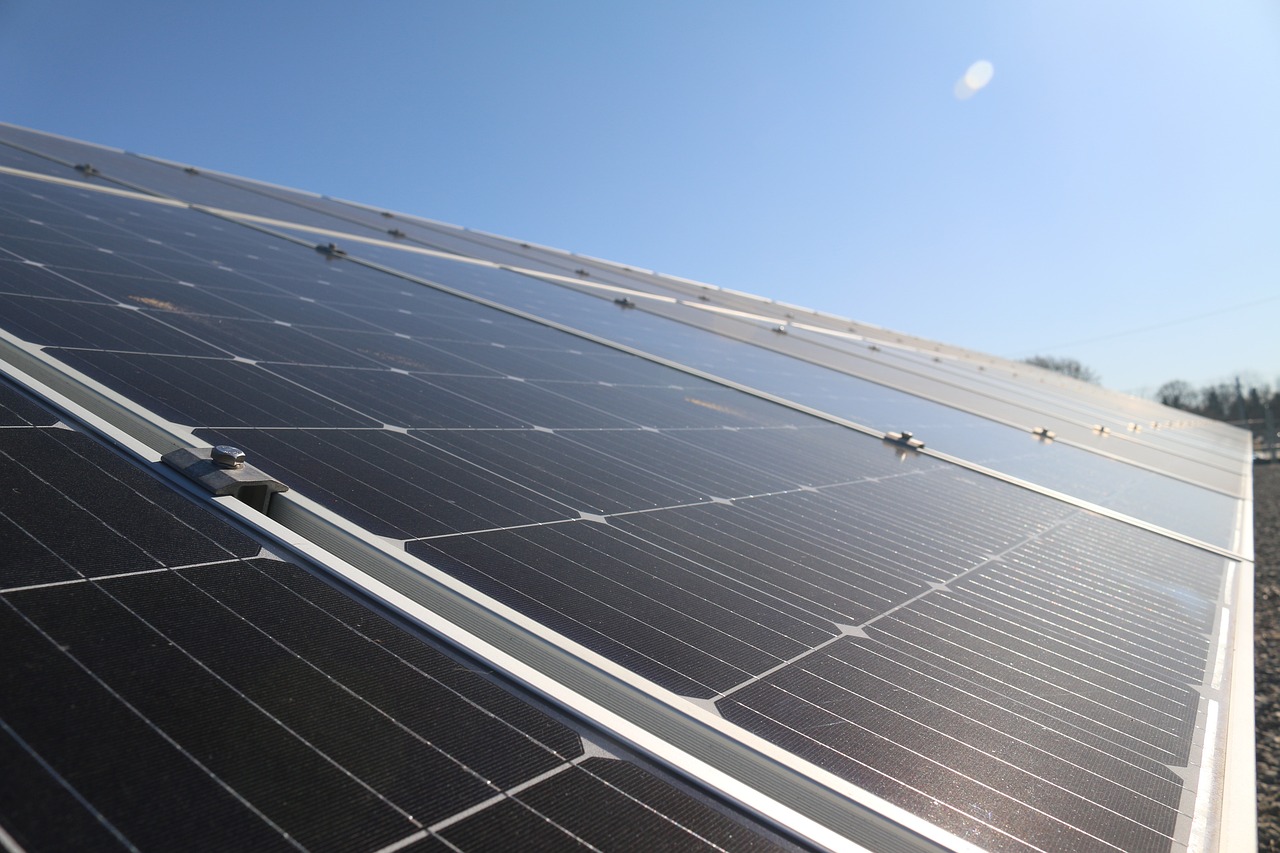
Risks of Viewing Solar Eclipses
When it comes to solar eclipses, the excitement can be palpable. I mean, who doesn’t want to witness the awe-inspiring sight of the Moon gracefully sliding in front of the Sun? However, beneath that breathtaking spectacle lies a significant risk that many people overlook: the danger of viewing a solar eclipse without proper protection. It's like standing too close to a firework display—you might be captivated by the colors and explosions, but one wrong move could leave you with a nasty burn. The same goes for the Sun; one moment of curiosity can lead to permanent eye damage.
Looking directly at the Sun during an eclipse can cause a variety of serious eye injuries, and this isn’t just a scare tactic. The intensity of sunlight is drastically increased during an eclipse, making it even more hazardous. The phenomenon known as solar retinopathy occurs when the sunlight burns the retina, the light-sensitive layer at the back of your eye. This can lead to irreversible vision loss, which is not something you want to gamble with. In fact, the risks of viewing a solar eclipse improperly can be summarized as follows:
- Solar Retinopathy: Damage to the retina due to intense sunlight.
- Photokeratitis: A painful condition akin to sunburn of the cornea.
- Other Eye Injuries: Potential for cataracts and other long-term vision issues.
It's crucial to understand that these risks are not just theoretical. Medical professionals have reported a significant increase in eye injuries during solar eclipses. Many people, caught up in the moment, forget the basic rule of thumb: never look directly at the Sun without proper eye protection. Just like you wouldn’t stare at a welding torch, viewing the Sun without adequate gear can have dire consequences.
Moreover, the effects of improper viewing can be delayed. You might think you’re fine after glancing at the eclipse, only to find out hours or even days later that you've sustained damage. This delayed reaction can make it difficult to connect the dots, leading many to underestimate the importance of safety precautions. Just as a small cut can become infected if left untreated, the damage to your eyes may not be immediately visible but can lead to long-term complications.
So, what can you do to protect yourself? The first step is awareness. Acknowledging that there are risks is half the battle. The next step is to take action—ensure you have the right protective gear, and if you’re unsure about the safety of your viewing method, it’s best to err on the side of caution. After all, seeing the eclipse is incredible, but seeing it clearly and safely is even better!
Understanding the types of injuries that can occur from viewing solar eclipses without protection is essential. Solar retinopathy is the main concern, as it can lead to permanent vision loss. Other potential injuries include photokeratitis, which is essentially a sunburn on the cornea, and even more severe conditions that can develop over time, such as cataracts. The best way to avoid these risks is to be informed and prepared.
Recognizing the symptoms of eye damage is crucial. After viewing a solar eclipse improperly, you might experience symptoms such as:
- Blurred vision
- Distorted vision
- Persistent discomfort or pain in the eyes
- Increased sensitivity to light
If you notice any of these signs, it's vital to seek medical attention immediately. Ignoring these symptoms can lead to more severe complications down the line.
Understanding the potential long-term effects of eye damage from solar eclipses can help underscore the importance of safety. Possible long-term effects include vision impairment, permanent blind spots, and other complications that can significantly impact your quality of life. Just like a small crack in a window can lead to a complete shatter, neglecting your eye safety can result in irreversible damage. So, before you let curiosity get the better of you, remember: safety first!
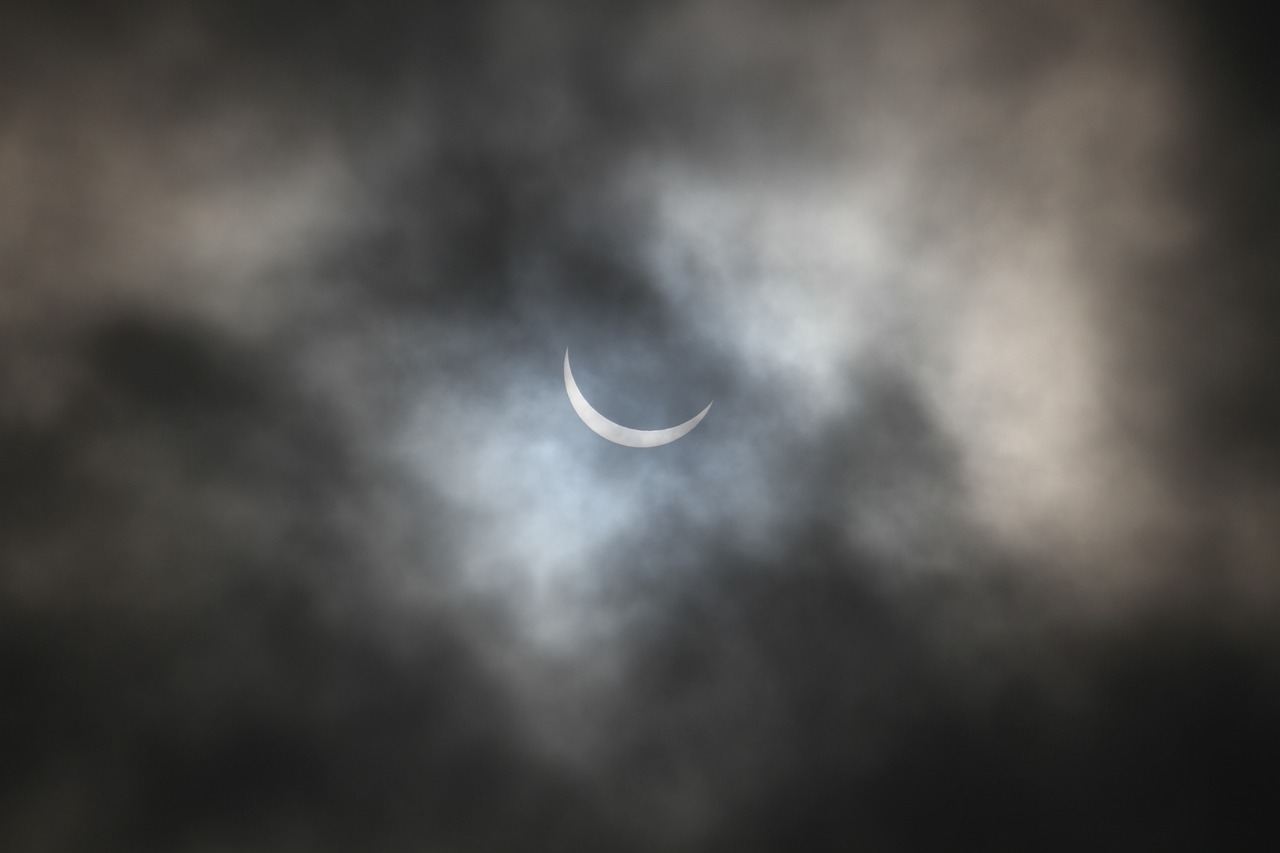
Eye Damage Explained
When it comes to viewing a solar eclipse, the risks associated with improper methods can lead to severe eye damage that many are unaware of. The most common injury is known as solar retinopathy, which occurs when the intense light from the Sun burns the retinal cells in the eye. This damage is often irreversible, leaving victims with permanent vision impairment. Imagine looking at a bright light bulb for too long; now, amplify that intensity by a thousand times, and you have the potential damage caused by staring at the Sun during an eclipse.
But solar retinopathy isn't the only concern. Other serious conditions can arise from improper viewing techniques, including:
- Photokeratitis: A painful condition akin to sunburn on the cornea, leading to temporary vision loss.
- Macular damage: Damage to the central part of the retina can cause distortion in vision, making it difficult to read or recognize faces.
- Blind spots: Areas in your vision where you can’t see, which can significantly affect day-to-day activities.
It’s essential to understand that these injuries can happen without immediate pain or discomfort. Many people don’t realize they’ve harmed their eyes until it’s too late. The damage can develop over time, and by then, the effects may be permanent. So, what can you do to protect yourself? Being informed is the first step. Just like you wouldn’t dive into a pool without checking the depth, you shouldn’t look at the Sun without proper protection.
In the end, the thrill of witnessing a solar eclipse should never come at the cost of your vision. Always prioritize safety and use appropriate viewing methods. Remember, the Sun is a powerful star, and while it can create breathtaking celestial events, it can also inflict serious harm if not respected. So gear up with the right protective equipment, and enjoy the spectacle safely!
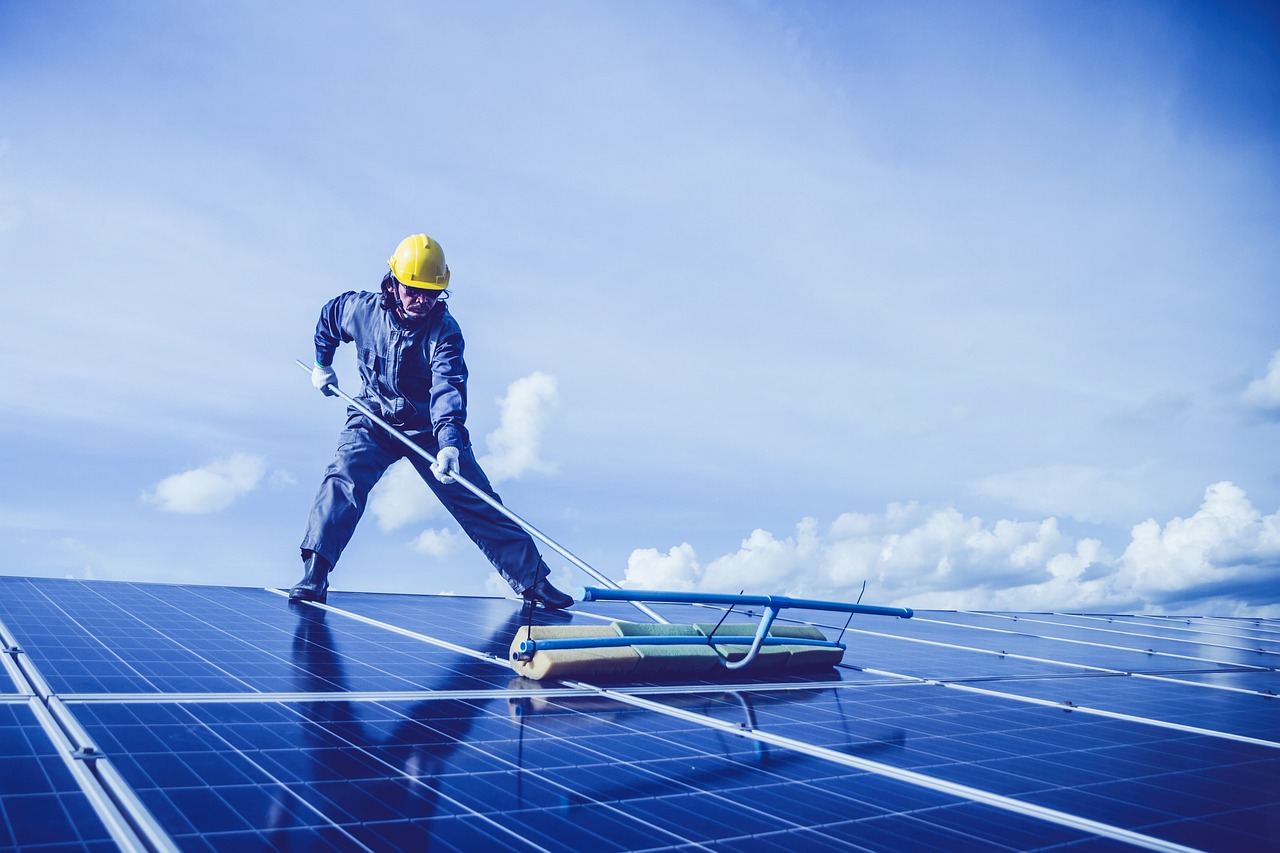
Symptoms of Eye Damage
After witnessing a solar eclipse without proper eye protection, it’s crucial to be aware of the . Many people might not realize that the effects of staring at the Sun can be delayed, manifesting hours or even days after the event. This can lead to a false sense of security, making it essential to remain vigilant even after the eclipse has ended. Common symptoms include:
- Blurred vision: If you find that your vision has become hazy or unclear, it could be a sign of damage.
- Dark spots: The appearance of dark spots or “floaters” in your vision can indicate retinal damage.
- Increased sensitivity to light: An unusual sensitivity to bright lights is another symptom that should not be ignored.
- Pain or discomfort: Experiencing pain or discomfort in your eyes can be a serious warning sign.
Additionally, some individuals may experience headaches, which can occur due to eye strain or damage. If you notice any of these symptoms, it’s imperative to seek medical attention promptly. Eye damage from solar eclipses can lead to conditions like solar retinopathy, which can result in permanent vision loss. Remember, your vision is precious, and taking immediate action can make all the difference.
In summary, being aware of these symptoms can help you take the necessary steps to protect your eyesight. If you’ve viewed a solar eclipse without proper protection, don’t hesitate to consult with an eye care professional. They can provide a thorough examination and guidance on any potential damage that may have occurred.
Here are some common questions people have regarding solar eclipses and eye safety:
- Can I use regular sunglasses to view a solar eclipse? No, regular sunglasses do not provide adequate protection against the intense light of the Sun.
- What should I do if I experience symptoms of eye damage? Seek medical attention immediately to assess any potential damage and receive appropriate care.
- Are there safe ways to view a solar eclipse without glasses? Yes, methods like pinhole projectors can allow you to view the eclipse safely without directly looking at the Sun.
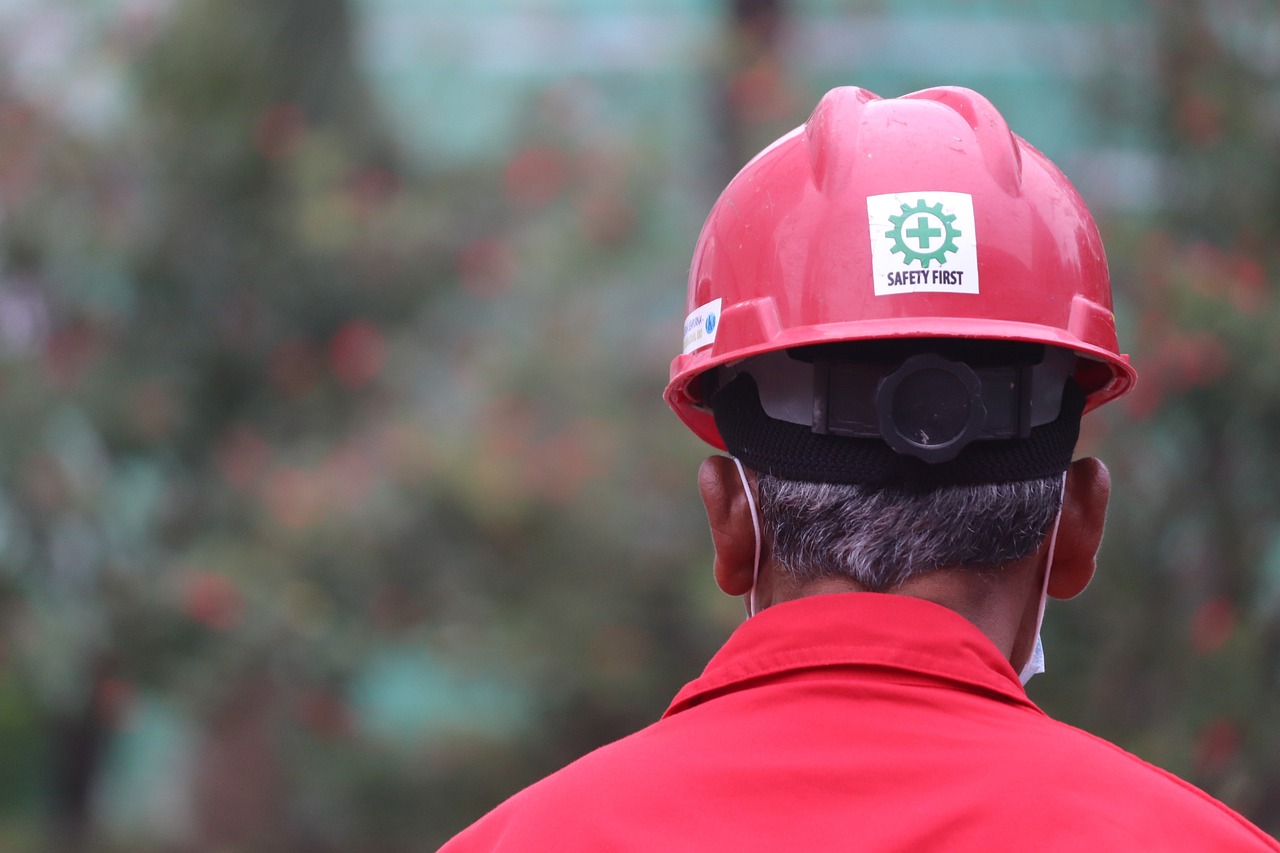
Long-term Effects
This article discusses essential safety measures and precautions to take during solar eclipses, ensuring a safe and enjoyable viewing experience while protecting your eyes and overall health.
Solar eclipses occur when the Moon passes between the Earth and the Sun. This section explains the different types of solar eclipses and their significance in astronomy.
Looking directly at the Sun during an eclipse can cause permanent eye damage. This section outlines the dangers associated with improper viewing methods and the importance of safety precautions.
This subsection delves into the types of eye injuries that can occur from viewing solar eclipses without protection, including solar retinopathy and other severe conditions.
Recognizing the symptoms of eye damage is crucial. This section describes the signs to watch for after viewing a solar eclipse improperly.
Understanding the potential long-term effects of eye damage from solar eclipses can help underscore the importance of safety. When you gaze at the Sun without proper protection, you risk inflicting serious harm to your vision. One of the most alarming consequences is solar retinopathy, which can lead to permanent vision impairment. Imagine looking at a stunning sunset, only to find that the colors have faded and the beauty is lost forever. This condition occurs when the intense light from the Sun burns the retina, the light-sensitive tissue at the back of the eye. The effects can range from mild blurriness to complete loss of vision in the affected area.
Moreover, the long-term repercussions can extend beyond just vision loss. Individuals who suffer from solar retinopathy may experience persistent visual disturbances, such as blind spots or distorted vision. These symptoms can be debilitating and may interfere with daily activities, making it difficult to read, drive, or even recognize faces. In severe cases, it can lead to conditions like macular degeneration, which is not only age-related but can also be triggered by acute exposure to harmful light.
It’s essential to be aware of the potential for psychological effects as well. Losing vision or experiencing significant changes in eyesight can lead to anxiety, depression, and a general sense of helplessness. The emotional toll of such an experience can be just as challenging as the physical implications. To illustrate this, consider the story of someone who once enjoyed reading books and basking in the beauty of nature, only to find themselves grappling with the shadows of their former life due to poor choices made during a solar eclipse.
In summary, the long-term effects of viewing a solar eclipse without proper eye protection can be devastating. From the immediate risks of solar retinopathy to the broader implications on mental well-being, it's clear that taking precautions is not just advisable—it's essential. Always prioritize your eye safety by using certified solar viewing glasses or alternative methods to observe these celestial events.
This subsection covers various safe methods to view solar eclipses, including solar glasses, pinhole projectors, and other recommended tools for safe observation.
Not all sunglasses provide adequate protection. This section guides readers on how to choose certified solar eclipse glasses that meet safety standards.
This subsection explains the certification standards for solar viewing glasses and why it’s essential to use only approved products for safe viewing.
For those unable to access solar glasses, this section provides instructions for creating DIY viewing tools, like pinhole projectors, to safely enjoy the eclipse.
- What is a solar eclipse? A solar eclipse occurs when the Moon passes between the Earth and the Sun, blocking the Sun's light.
- How can I safely view a solar eclipse? Use certified solar eclipse glasses or create a pinhole projector to safely observe the event.
- What are the risks of looking directly at the Sun? Directly viewing the Sun can cause serious eye damage, including solar retinopathy.
- What should I do if I experience symptoms of eye damage? If you notice any vision changes after viewing a solar eclipse, seek medical attention immediately.
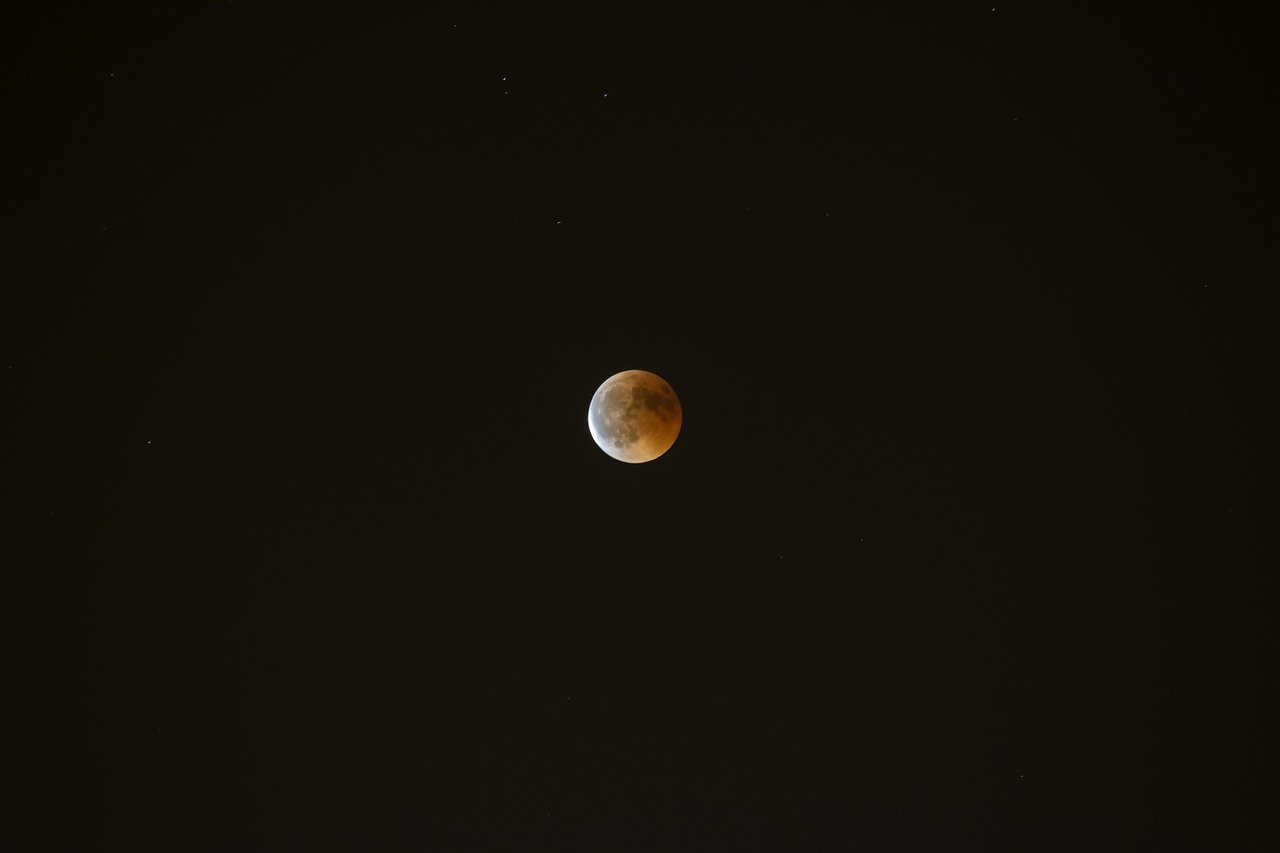
Protective Viewing Methods
This article discusses essential safety measures and precautions to take during solar eclipses, ensuring a safe and enjoyable viewing experience while protecting your eyes and overall health.
Solar eclipses occur when the Moon passes between the Earth and the Sun. This section explains the different types of solar eclipses and their significance in astronomy.
Looking directly at the Sun during an eclipse can cause permanent eye damage. This section outlines the dangers associated with improper viewing methods and the importance of safety precautions.
This subsection delves into the types of eye injuries that can occur from viewing solar eclipses without protection, including solar retinopathy and other severe conditions.
Recognizing the symptoms of eye damage is crucial. This section describes the signs to watch for after viewing a solar eclipse improperly.
Understanding the potential long-term effects of eye damage from solar eclipses can help underscore the importance of safety. This section explores possible vision impairment and other complications.
When it comes to enjoying a solar eclipse, safety should be your top priority. Fortunately, there are several that can help ensure you witness this astronomical event without risking your eyesight. One of the most popular and effective ways to view an eclipse is through the use of solar glasses. Unlike regular sunglasses, which do not provide adequate protection, these specially designed glasses filter out harmful solar radiation. Always look for glasses that comply with the ISO 12312-2 safety standard, ensuring that they are safe for direct viewing of the Sun.
Another fantastic method is using a pinhole projector. This simple device allows you to project the image of the Sun onto a flat surface, creating a safe viewing experience without looking directly at the Sun. To make a basic pinhole projector, you only need a piece of cardboard and a small hole. Here's a quick guide:
1. Take a piece of cardboard and make a small hole in the center. 2. Stand with your back to the Sun. 3. Hold the cardboard so that the sunlight passes through the hole and projects onto the ground. 4. Observe the projected image of the Sun safely on the ground.
Additionally, you can use solar filters attached to telescopes or binoculars to safely view the eclipse. These filters are designed to block out harmful rays and only allow safe light to pass through. However, it's crucial to ensure that these filters are specifically made for solar viewing, as regular filters may not provide the necessary protection.
In summary, whether you choose solar glasses, a pinhole projector, or solar filters, the key is to ensure that whatever method you use is safe and effective. Remember, the thrill of witnessing a solar eclipse should never come at the cost of your vision!
Not all sunglasses provide adequate protection. This section guides readers on how to choose certified solar eclipse glasses that meet safety standards.
This subsection explains the certification standards for solar viewing glasses and why it’s essential to use only approved products for safe viewing.
For those unable to access solar glasses, this section provides instructions for creating DIY viewing tools, like pinhole projectors, to safely enjoy the eclipse.
- Can I use regular sunglasses to view a solar eclipse?
No, regular sunglasses do not provide adequate protection against the harmful rays of the Sun. - What are solar retinopathy and its symptoms?
Solar retinopathy is damage to the retina caused by looking directly at the Sun. Symptoms include blurred vision and dark spots. - How can I safely make a pinhole projector?
Simply create a small hole in cardboard and let sunlight pass through it onto a flat surface to view the Sun safely. - Where can I buy certified solar glasses?
Certified solar glasses can be purchased from reputable retailers, such as science museums, online stores, and specialty astronomy shops.
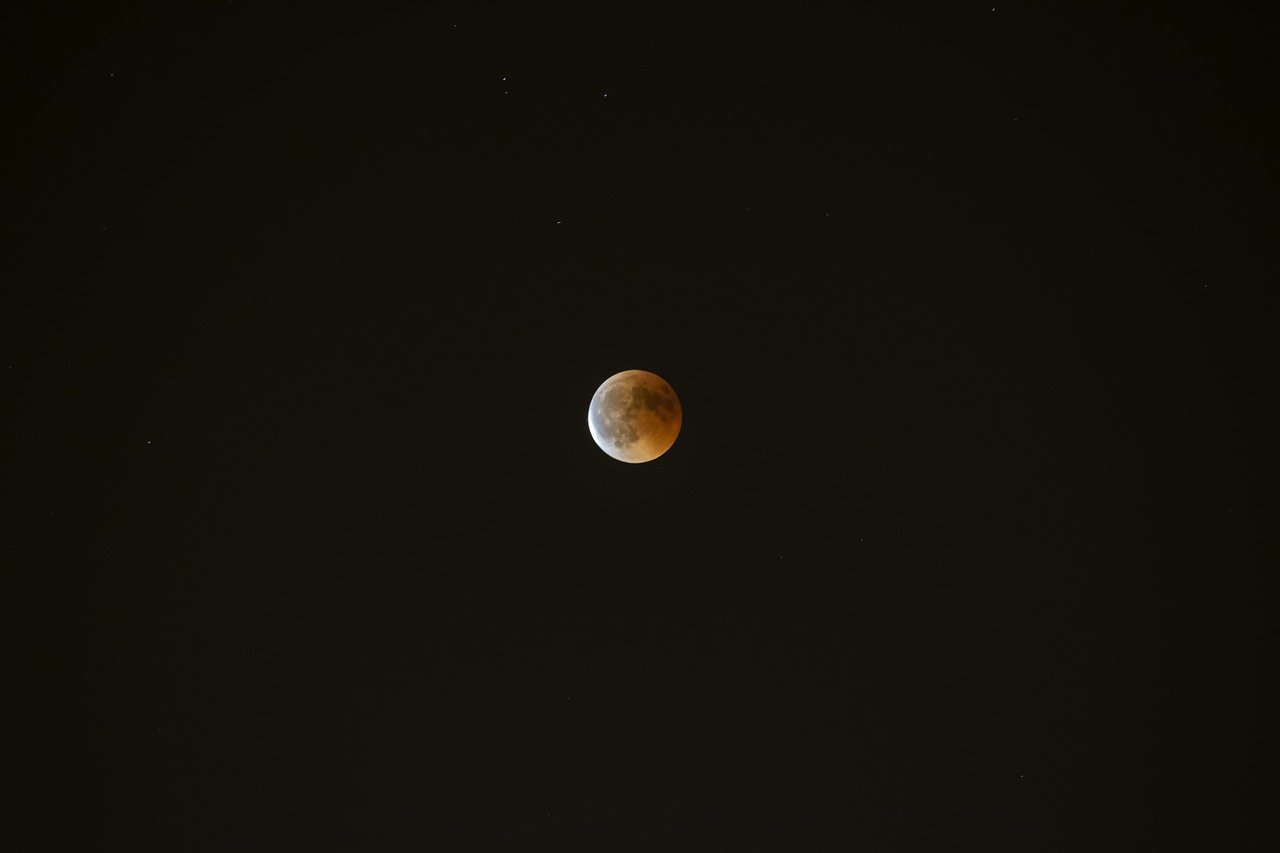
Choosing the Right Solar Glasses
When it comes to witnessing the awe-inspiring spectacle of a solar eclipse, one of the most critical decisions you'll make is choosing the right solar glasses. It's not just about looking cool while gazing at the sky; it's about protecting your eyes from the harmful rays of the Sun. You might wonder, "Can’t I just use my regular sunglasses?" The short answer is: No! Regular sunglasses, no matter how dark, do not provide adequate protection against the intense sunlight that can cause serious eye damage.
To ensure your safety, you need to look for glasses that meet specific safety standards. The best solar glasses are equipped with ISO 12312-2 certification, which means they have been tested and approved for direct solar viewing. This certification guarantees that the glasses will reduce sunlight to safe levels, allowing you to enjoy the eclipse without risking your vision. Always check for the manufacturer's label indicating this certification before making a purchase. If you can't find this label, it's best to keep looking. Remember, your eyesight is worth more than a quick glance at the Sun!
Another important factor to consider is the condition of the glasses. Even certified solar glasses can become unsafe if they are scratched, damaged, or too old. If you’re pulling out a pair from last year's eclipse, take a moment to inspect them closely. If you see any signs of wear and tear, it’s time to invest in a new pair. You wouldn’t wear a helmet with cracks while biking, right? The same logic applies here. Protecting your eyes should be your top priority!
For those who might be wondering where to buy these glasses, reputable sources include astronomy clubs, science centers, and online retailers that specialize in eclipse viewing equipment. Make sure to purchase from a trusted vendor to avoid counterfeit products that may not offer the necessary protection. If you're unsure, it’s always a good idea to consult with local astronomy enthusiasts or organizations—they're often more than willing to share their knowledge and help you find safe options.
In addition to purchasing solar glasses, there are also some DIY options for those who might find themselves without certified glasses. While they may not provide the same level of protection, methods like a pinhole projector can allow you to safely view the eclipse. To create one, simply poke a small hole in a piece of cardboard and let the sunlight shine through onto a flat surface. This way, you can observe the eclipse indirectly without looking directly at the Sun. It’s a fun and educational project that can be done with family and friends!
In summary, choosing the right solar glasses is essential for a safe and enjoyable eclipse viewing experience. Always prioritize safety by selecting glasses that are ISO certified, checking their condition, and purchasing from reputable sources. With the right gear, you can sit back, relax, and enjoy one of nature's most stunning displays without a worry in the world!
- Can I use regular sunglasses to view a solar eclipse? No, regular sunglasses do not provide sufficient protection against harmful solar rays.
- How do I know if my solar glasses are safe? Look for the ISO 12312-2 certification label on the glasses. If it’s missing, do not use them.
- What should I do if my solar glasses are scratched? If you notice any scratches or damage, it’s best to replace them to ensure your safety.
- Are there any DIY methods for viewing a solar eclipse? Yes, a pinhole projector is a safe and simple DIY method to view the eclipse indirectly.
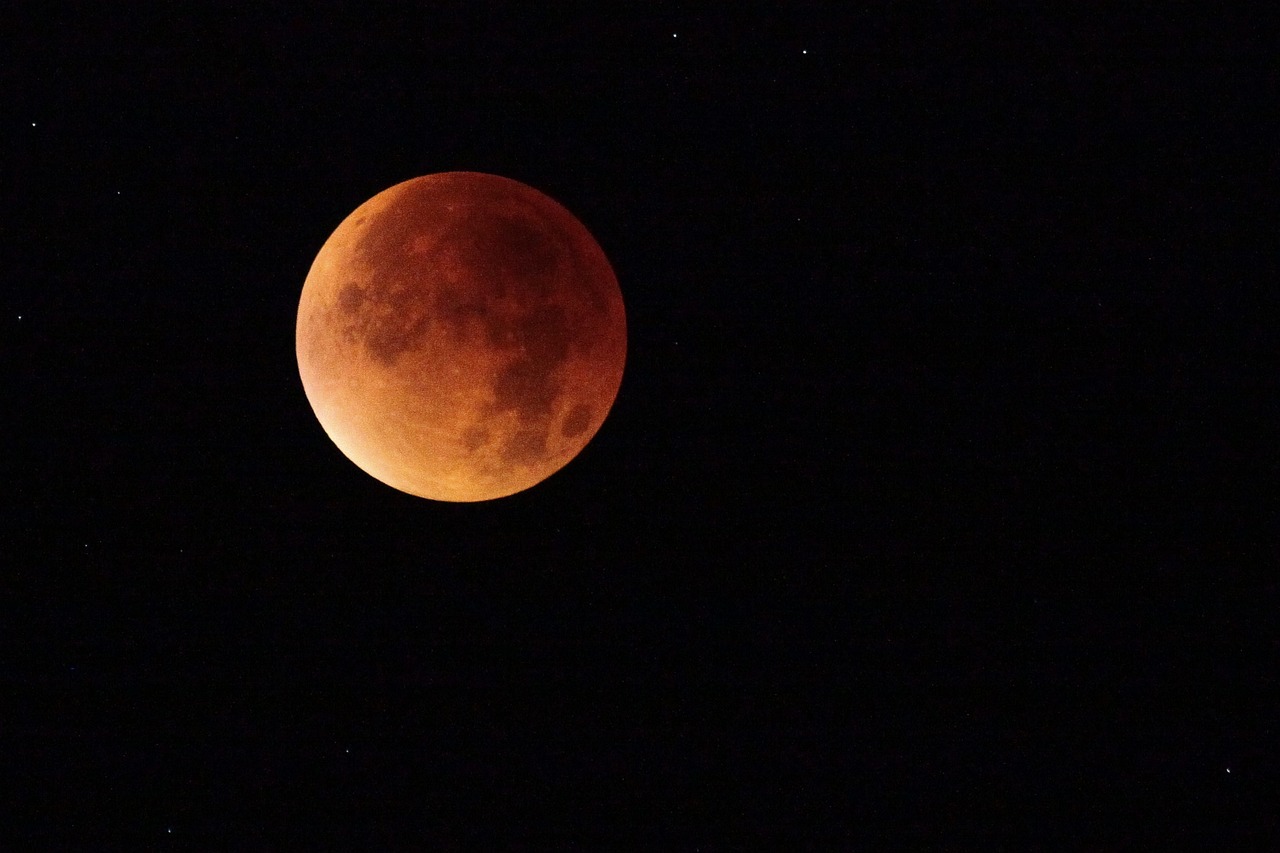
Certification Standards
When it comes to viewing solar eclipses safely, understanding for solar eclipse glasses is essential. Not all glasses are created equal, and using the wrong type can lead to serious eye damage. To ensure you’re protected, always look for glasses that meet the ISO 12312-2 safety standard, which is the international norm for solar viewing. This certification guarantees that the glasses have been tested for their ability to block harmful solar radiation, including ultraviolet (UV) and infrared (IR) light.
Here are some key features to look for in certified solar eclipse glasses:
- Optical Density: The glasses should have a high optical density (at least 5 or greater) to effectively reduce sunlight to safe levels.
- Manufacturer Information: Always check for the manufacturer's name and contact information on the packaging. Reputable manufacturers will provide clear details about their product.
- Expiration Date: Solar eclipse glasses can degrade over time. Ensure that your glasses are not expired, as older glasses may not provide adequate protection.
Additionally, beware of counterfeit products. Unfortunately, during solar eclipse events, there are often knock-off glasses that do not meet safety standards. To avoid these, purchase your glasses from reliable sources such as reputable retailers or astronomy organizations. If you’re unsure about a product, it’s always better to err on the side of caution and seek out certified glasses.
Keep in mind that regular sunglasses, no matter how dark they may seem, are not safe for viewing solar eclipses. They do not provide the necessary protection against the intense light and radiation emitted by the sun during an eclipse. Instead, opt for glasses that are specifically designed for this purpose, ensuring your eyes remain safe while you enjoy the celestial spectacle.
In summary, when preparing to watch a solar eclipse, always prioritize your eye safety by choosing glasses that comply with certification standards. This simple step can make all the difference between a thrilling experience and a potentially damaging one.
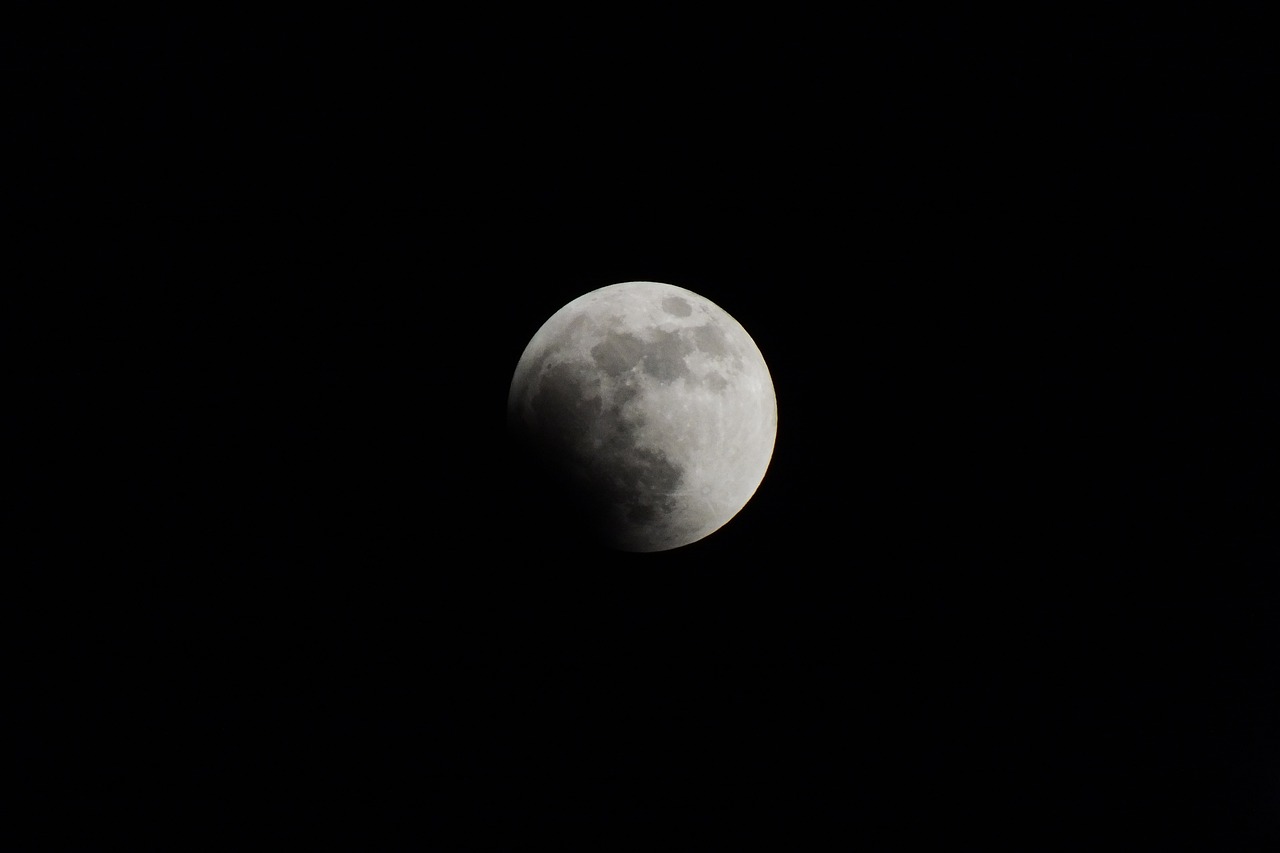
DIY Viewing Options
If you're feeling a bit crafty and want to experience the wonder of a solar eclipse without the need for specialized glasses, you're in luck! There are several do-it-yourself (DIY) methods that can help you safely view this celestial phenomenon. One of the most popular methods is the pinhole projector, which is not only easy to make but also incredibly effective. Imagine being able to watch the eclipse unfold on a small screen you created with your own hands! It’s like having a front-row seat to nature’s grand show without risking your precious eyesight.
To create a basic pinhole projector, all you need is a few simple materials: a piece of cardboard, a pin or a sharp object, and a white sheet of paper. Start by cutting a small hole in the center of the cardboard—this will be your pinhole. Next, position the cardboard so that the sunlight passes through the hole and falls onto the white paper placed a few feet behind it. What you’ll see is a small, inverted image of the Sun projected onto the paper. It’s a fascinating way to watch the eclipse without looking directly at the Sun!
But wait, there’s more! If you're looking for something a bit more advanced, you might consider making a solar viewer using a cereal box. This method not only provides a larger viewing area but also adds an element of fun to your DIY project. To make this, follow these steps:
- Take an empty cereal box and cut a rectangular hole in one side, about 6 inches by 4 inches.
- Cover this hole with aluminum foil, securing it with tape.
- Using a pin, poke a small hole in the center of the foil—this is your pinhole.
- On the opposite side of the box, cut another small hole to allow you to view the projection.
- Now, position your box so that the sunlight passes through the pinhole onto a flat surface, like the ground or a piece of white paper.
As the eclipse takes place, you’ll see the image of the Sun projected onto the surface. It’s a simple yet effective way to enjoy the spectacle safely. Remember, the key is to never look directly at the Sun without proper protection, even when using these DIY methods.
For those who are feeling particularly adventurous, you can also create a solar eclipse viewer using a colander or a strainer. Simply hold the colander in the sunlight and let the light pass through the holes onto the ground or a piece of white paper. You’ll see multiple images of the Sun, which can be quite mesmerizing! Just make sure to keep your eyes away from the direct sunlight while doing this.
In summary, DIY viewing options are a fantastic way to engage with the solar eclipse while keeping safety in mind. Whether you opt for a pinhole projector, a cereal box viewer, or a colander, these methods allow you to experience the magic of the eclipse without compromising your eye health. So gather your materials, get creative, and enjoy the show!
- Can I use regular sunglasses to view a solar eclipse? No, regular sunglasses do not provide adequate protection against the intense sunlight during an eclipse.
- How long can I look at the eclipse using a pinhole projector? You can view the eclipse for as long as you want, as the projector allows you to see the image without looking directly at the Sun.
- Is it safe to use a colander to view the eclipse? Yes, using a colander is a safe method as it projects multiple images of the Sun on a surface, keeping your eyes protected.
Frequently Asked Questions
- What is a solar eclipse?
A solar eclipse happens when the Moon passes between the Earth and the Sun, blocking the Sun's light either partially or completely. It's a spectacular event that can be seen from certain areas on Earth, but it requires caution to view safely.
- Why is it dangerous to look at a solar eclipse without protection?
Looking directly at the Sun during a solar eclipse can lead to serious eye damage, including solar retinopathy, which is permanent damage to the retina. The intense sunlight can burn the sensitive cells in your eyes, and you may not even realize the harm until it's too late!
- What are the symptoms of eye damage from viewing a solar eclipse?
Symptoms of eye damage can include blurred vision, seeing spots or flashes of light, and difficulty seeing in bright light. If you experience any of these after viewing an eclipse without proper protection, it's crucial to seek medical attention immediately.
- How can I safely view a solar eclipse?
To safely view a solar eclipse, use certified solar eclipse glasses or solar viewers that meet the ISO 12312-2 safety standard. Alternatively, you can create a pinhole projector to watch the eclipse indirectly. Never use regular sunglasses or homemade filters, as they do not provide adequate protection!
- What should I look for when choosing solar glasses?
When selecting solar glasses, ensure they are labeled with the ISO 12312-2 certification. Look for reputable brands and avoid any glasses that appear damaged or scratched. If in doubt, it's best to purchase from trusted retailers.
- Can I make my own solar viewing tools?
Yes! If you can't get solar glasses, you can make a simple pinhole projector using a piece of cardboard and a small hole. By allowing sunlight to pass through the hole, you can project the image of the eclipse onto a flat surface, allowing for safe viewing.
- What are the long-term effects of solar eclipse eye damage?
Long-term effects of viewing a solar eclipse without protection can include permanent vision impairment, difficulty seeing in bright light, and even blindness in severe cases. This is why it's essential to prioritize safety and use proper viewing methods!



















